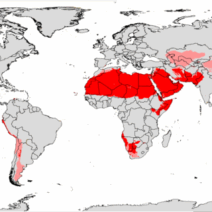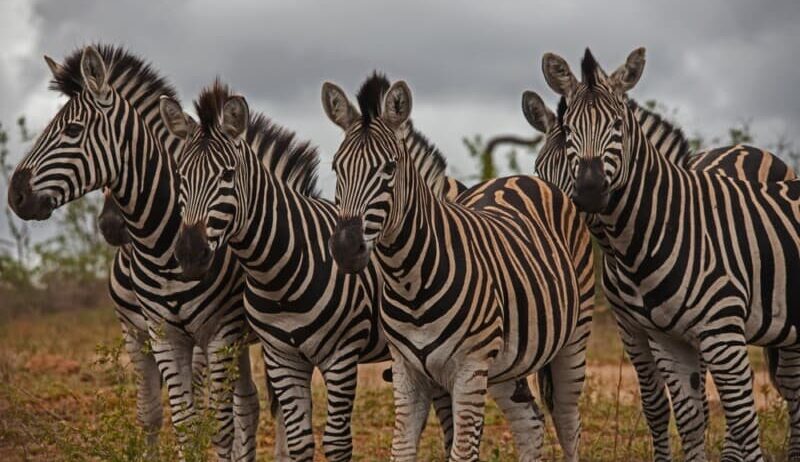In the awe-inspiring tapestry of the natural world, the zebra stands out not just for its striking black-and-white stripes, but for its remarkable strategies in conserving energy. Nature has intricately woven together a multitude of survival tactics, of which energy conservation plays a pivotal role in ensuring the longevity of species. Understanding how zebras manage their energy efficiently highlights their adaptation mechanisms to the demanding environments they inhabit.
One of the most fascinating observations about zebras is their propensity for grazing. Grazing, a seemingly mundane activity, is conducted with an astute awareness of energy expenditure. Zebras are predominantly herbivorous, deriving sustenance from grasses that are both prevalent and nutrient-rich. Contrary to relentless foraging, zebras intelligently choose specific grass species, often opting for those high in fiber and low in lignin. This selective grazing not only minimizes energy output but also enhances digestive efficiency, resulting in a well-rounded intake of nutrients.
Moreover, zebras have developed a migratory behavior that is quintessential for energy conservation. During the dry season, herds often embark on extensive migrations to seek out greener pastures. This nomadic lifestyle is not merely about survival; it is a highly strategic maneuver to tap into new grazing grounds while minimizing energy loss associated with searching for food. The timing of these migrations is crucial, highlighting zebras’ instinctive understanding of their environment and resources. By traveling in organized herds, zebras also benefit from social learning, where some individuals may lead while others follow, hence conserving energy collectively.
In addition, the zebras’ social structure plays an integral role in their energy conservation tactics. Living in cohesive groups, they employ a behavior known as sentinel behavior. Certain members of the herd take on the role of watchful sentinels, remaining vigilant while others forage. This strategy not only ensures that potential threats are quickly identified but also allows for less overall energy expenditure among the group, as the herd can remain relatively undisturbed during feeding. Such cooperative behavior illustrates the synergy in zebra communities, reinforcing the idea that survival is a communal effort.
Thermoregulation is another aspect of energy conservation that zebras excel in. The harsh climates of their habitats, from savannas to grasslands, often require significant energy to maintain body temperature. Zebras exhibit clever strategies, such as altering their activity levels based on temperature. During the scorching midday sun, zebras prefer to rest, conserving energy by limiting their movements. Conversely, they engage in foraging during the cooler hours of the morning and late evening. This rhythmic adaptation enables them to balance their energy intake and expenditure effectively, aligning their activities with environmental conditions.
Visual signals also contribute to the zebra’s energy conservation efforts. The iconic stripes are more than a mere aesthetic; they serve practical purposes. It is believed that the stripes help regulate body temperature, creating microclimates that offer slight variations in skin temperature. This natural cooling mechanism reduces the reliance on water and energy, particularly in arid environments. Additionally, the striking patterns disorient predators, potentially allowing for quicker escapes that require less energy than evasion after sustained confrontations.
Notably, zebras exhibit a unique locomotion style that reflects an evolutionary specialization in energy conservation. Their ability to maintain a steady trot rather than breaking into a full gallop saves energy while still allowing for effective movement across diverse terrains. This moderation in speed ensures that zebras can cover long distances without the need for excessive energy expenditure, particularly during migrations or when fleeing from predators. Such adaptations highlight the evolutionary pressures that favor energy-efficient traits over more flamboyant behaviors.
The concept of energy conservation in zebras extends beyond individual actions to encompass crucial elements of their ecosystem. As herbivores, they play a significant role in shaping their environment, promoting plant diversity through selective grazing. By preventing overgrowth and fostering new plant regrowth, zebras contribute to a balanced ecosystem that supports various other species. This interconnectedness is fundamental, as it demonstrates that energy conservation is not just an individual survival tactic but also a collective ecological responsibility.
As the climatic challenges intensify and habitats become increasingly fragmented, the importance of understanding energy conservation in species like zebras becomes even more significant. Human activities that disrupt their natural behaviors can lead to increased energy expenditure in search of food, mates, and safe environments. Recognizing these patterns is essential for conservation efforts aimed at preserving the delicate balance of ecosystems in which zebras thrive. Implementing strategies that respect their migratory paths and social structures will enable more efficient conservation practices, ultimately safeguarding not only zebras but the wider biodiversity they support.
In summation, zebras exemplify nature’s ingenious strategies for energy conservation. Through selective grazing, migratory behaviors, social structures, thermoregulation, visual adaptations, and evolved locomotion, they navigate their environments efficiently. Beyond their mesmerizing stripes lies a tapestry of survival strategies that underline the intricate balance of nature’s playground. By appreciating and understanding these tactics, we gain insights not only into the zebra’s life but also into the greater environmental dynamics that pertain to energy conservation and ecosystem sustainability.







